For those who call East Texas home, some themes recur. If there were an East Texas visual playlist, some images and spaces seem to be on repeat, as familiar to our landscape as pine trees and sandy soil.
When it comes to food, we expect Tex-Mex and barbecue.
Our farm animals along country roads are most likely cows and horses.
You know you’re in East Texas when you see churches, pick-up trucks and cross-dotted cemeteries.
But look again. There’s more.
Lesser-known communities in our region are thriving, some of which have been quietly contributing to the area for the better part of two centuries. Meanwhile, other residents are setting up shop with new, first-of-their-kind East Texas ventures.
With their keen eyes and camera lenses, The Tyler Loop contributing photographers Jessica Payne and Chris French combed through East Texas towns, finding old and new spaces at home here — spaces that diverge from the expected.
Prepare to see East Texas anew, and prepare to be surprised.
St. John of Damascus Orthodox Church, Tyler

Father David Bozeman is priest-in-charge at St. John of Damascus Orthodox Church. Around 125 congregants strong, only Tyler and Jacksonville are home to Orthodox churches in the East Texas area.
“We have people from Nacogdoches, Lufkin and Longview,” said Bozeman. He said most of the congregants are first-generation converts. “80-90% of our congregants are converts. They have primarily found the Orthodox Church through the internet,” said Bozeman.
Bozeman, who arrived in Tyler in November 2018, says he too is a convert to the Orthodox Church, having grown up in a Protestant Evangelical Christian tradition.


Bozeman said the St. John of Damascus building was completed around 2016. Its design was inspired by an Orthodox Church in Romania, the home country of its architect. In keeping with Orthodox Church architectural tradition, the building has elements of the Roman basilica style (a long hallway and raised dais) and of ancient Jewish temples (three distinct sections).
In a departure from many Christian churches, there are no pews or chairs. “Our space retains the Jewish tradition of worship. You would never sit in the presence of the king,” said Bozeman.

“We don’t do spires and steeples, the idea of God as exalted, high and far removed. In our tradition, we have domes. Inside, the roof line is all curves. The theological idea is that Christ came down, so the space participates in that reality,” said Bozeman.

Bozeman says the church is used singularly for worship, a deliberate choice to retain it as a sacred space. “The building is not multipurpose. We gather to experience something in a unique way — that’s the whole point of church,” he said.
East Texas Zoo and Gator Park in Grand Saline

In a detour that may have you believing you stumbled into Louisiana marshlands, East Texas Zoo and Gator Park keeps alligators and a variety of exotic animals. The zoo is home to alligators, monkeys, lemurs, exotic cats, snakes and lizards.


Among visitor favorites are hatchling alligators, the 14-foot alligator Domino and feeding frenzies, which happen twice daily as temperatures climb beginning in May. The zoo’s webpage says its enclosures are designed for close views.
Oakwood Cemetery’s Jewish section in Tyler
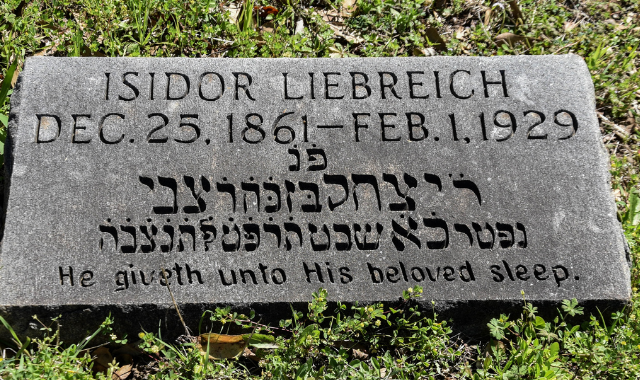
Over 160 years ago, a leader from Nacodoches’ burgeoning Jewish community, Adolphus Sterne, had nothing nice to say about his visit to Tyler.
During his stay, he “ate the worst meal of his life” among Tyler’s 276 Jewish residents. Nonetheless, the Tyler’s Jewish community grew to 50 families by the 1880s. Their first order of business as an organized community? A chevra kadisha or burial society.

According to “Reflections on One Hundred Years of Temple Beth El” by Bridget C. Mann, “a three-fourths acre lot at Oakwood Cemetery was purchased from the city, and the first record is that of a Miss Rachel Wolinsky, age 19, buried there in 1884.”
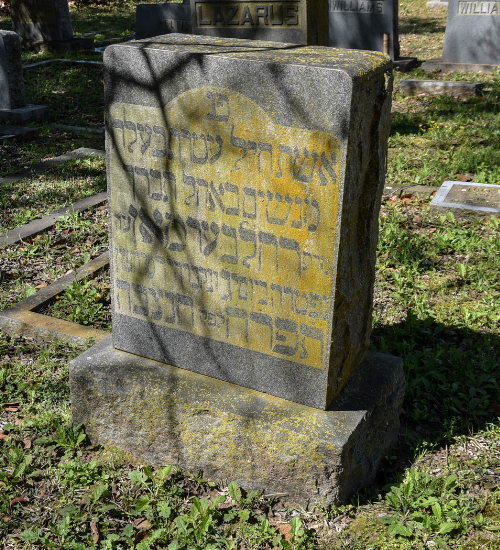
In this small, secluded plot of Oakwood Cemetery, evidence of Jewish life and burial practices remind residents of a long and rich history in East Texas.
Fairy Garden Trail in Palestine
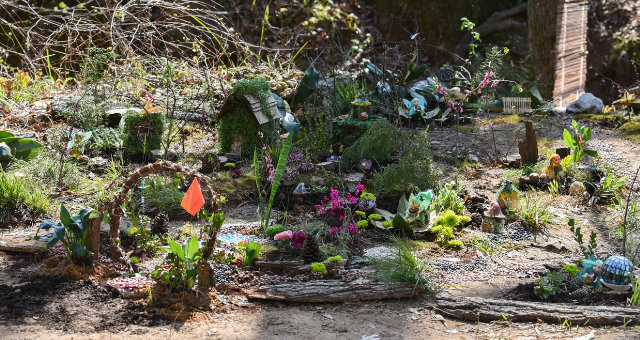

Amid dogwoods and azaleas, there is another spring attraction coming to life in Palestine. Mary Raum, tourism marketing manager for the City of Palestine, said the fairy garden trail began in March of 2019 the same weekend as the Texas Dogwood Trails.
“One of the biggest opportunities we saw was the need to get people out of their cars and onto the trails. Two years prior, a group of local cycling enthusiasts and volunteers helped build paths and bridges throughout Davey Dogwood Park,” said Raum.
Nonetheless, many trails remained unused. Raum said a public event began in January 2019, displaying 15 plots for people to claim. “Within a few days, we added 15 more. By opening day for the Texas Dogwood Trail Celebration, we had 37 new ‘neighbors’ in Davey Dogwood Park,” said Raum.
Raum said 50 fairy gardens were built this year, with over 200 participants contributing. This year’s fairy gardens are open through May 31st.
International groceries in Tyler

In addition to dozens of chain grocery stores in Tyler, the city boasts several local markets specializing in international foods from Central America, Mexico, the Caribbean, Southeast and Southern Asia, the Middle East and North, West and East Africa.
The food stores offer products and ingredients to Tyler residents with international ties or to lifelong Tylerites who wish to try new dishes.


310 Bison Ranch, Jacksonville
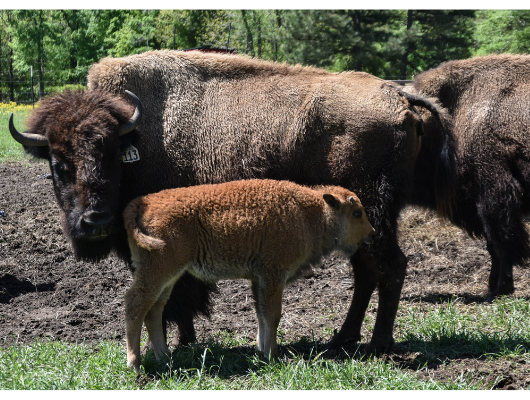
310 Bison Ranch’s Facebook and webpage says its owner and breeder, Steve Unger, has been raising bison for breeding in East Texas for about five years, fulfilling a longtime retirement dream.

The ranch offers free tours to anyone interested in watching and feeding the bison. The tour, given by Unger, includes a brief lesson on bison species, information on his personal herd and the up-close opportunity to pet and feed the bison.
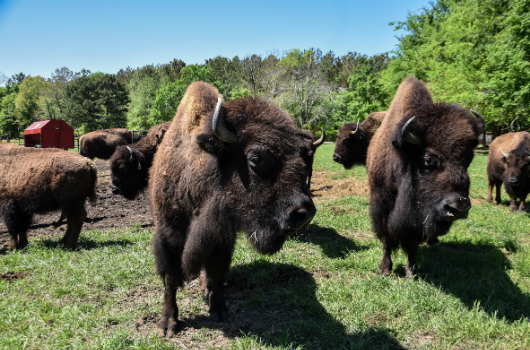

Oh My Goat! Yoga, Hwy. 19 between Athens and Palestine
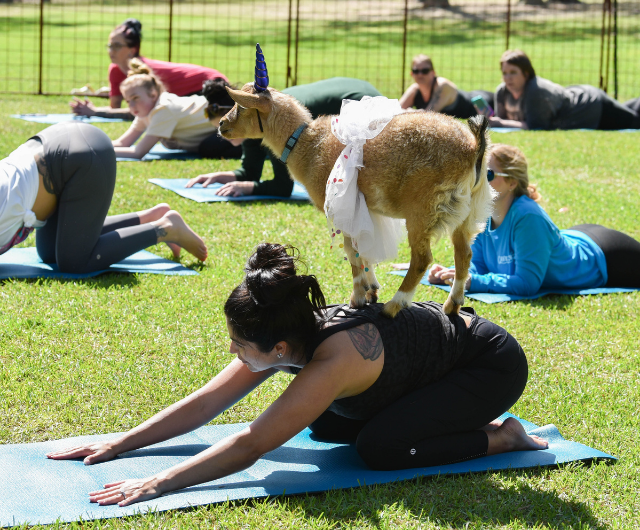
“I was inspired when I heard of a cancer patient talk about the benefits of yoga and goats combined. We both thought, “Oh my goat!” and the rest is history,” said Cherry Russell, owner of East Texas’ only yoga with goats venue, which opened in the fall of 2018.
Russell said she already had plans to build a barn and raise goats, so the goat and yoga idea felt like a natural transition. “I was very excited about the opportunity to help others,” she said.
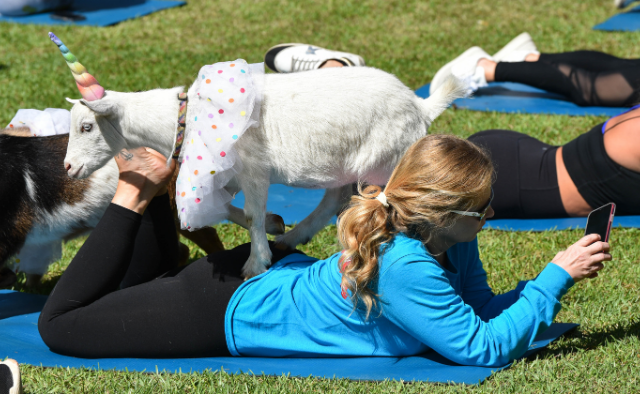
While the goat component of Oh My Goat! provides a novelty to traditional yoga, Russell said the goats also provide therapeutic benefits. “There are still great benefits through laughter, nature and stress relief, even with the silly parties. We want to expand further into goat therapy with autism, mental health and trauma,” she said.

Russell details the benefits of pet therapy. “Cortisol is one of the hormones released. A university study found that petting an animal for just 15 minutes boosts the so-called ‘feel-good’ hormones serotonin, prolactin and oxytocin, and even lowers blood pressure by 10%,” she said.
Russell’s yoga venue hosts public and private parties and mobile events. “We are incorporating painting and crafts into our events so you can spend more time here,” she said. “Our goal is to make you smile. We focus on your time here to be a very positive experience.”

Of the goats’ agreeability to be the stars of the show, Russell said, “The goats absolutely love people. They live for the parties every weekend and look forward to getting dressed up and mingling with the crowd.” Of the image of smelly, head-butting goats, Russell said, “It could not be further than the truth at our facility. Goats are very intelligent, fairly easy to train and extremely social.”
East Texas Islamic Society mosque in Tyler

Established in 1987, with its mosque built in 1991, East Texas Islamic Society bustles with activity on Fridays. “Fridays we have about 200 congregants,” said mosque congregant Anwar Khalifa. He said the families who practice their faith at the mosque have ties in countries including Pakistan, India, Palestine, Egypt, Gambia, Nigeria, Morocco, Libya, Tunisia, Algeria, Saudi Arabia, Qatar, Malaysia and Indonesia.

“They wanted a distinctive dome,” said Khalifa. “The dome was chosen because whoever made it locally, that was the dome template they had.”
The crescent moon over the dome is a familiar icon to Islam. “Muslims are on a lunar calendar. The new moon is what determines the beginning of every month,” said Khalifa.

Khalifa said cleaning rituals are an important event before praying. “Muslims should be clean before they pray. Our prayers are ritualistic and so is our washing. We wash our hands, we gargle and wash our mouths. We use water to clean our noses, head, arms, back of the neck and feet. It is done individually before prayers,” he said.
In contrast to pews or chairs in Christian houses of worship, there is no furniture in the mosque. “We stand, kneel and prostrate in our prayers. You’ll see lines on the floor to keep straight lines,” said Khalifa.
There is a pulpit elevated by three steps used by the iman. The imam is elevated to be seen and keeps him from taking up a row of space for worshippers in prayer.
Kiepersol Vineyards in Tyler
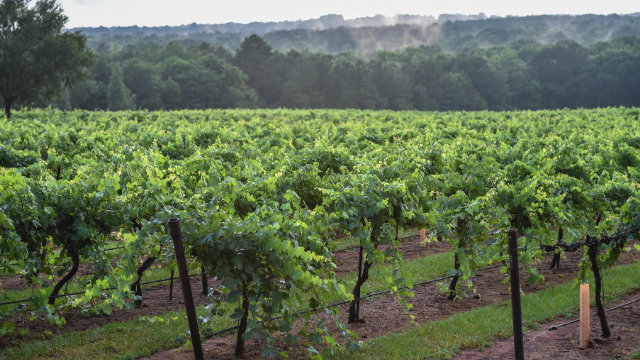
Kiepersol Vineyards began by the de Wet family of Tyler in 1998. Red and white wines are produced from 63 acres of East Texas land growing 16 grape varietals.

Kiepersol’s webpage boasts its auspicious geographical location atop the Bullard Salt Dome, “a geologic masterpiece from the Jurassic era.” The elevation of the salt dome softens the severity of storms, creating ideal grape growing conditions.
Jessica Payne is an independent multimedia journalist with a focus on photography. Originally from Houston, she moved to East Texas in 2011. In 2016 after spending much of her career in an office setting, she left the 9-5 life to pursue her passion for sharing inspiring stories and capturing amazing moments with her camera.
Chris French is an independent photographer based in Tyler, TX, who takes all of his photos through vintage film lenses. He is also a local musician and barista. Chris loves to share in the nostalgic feeling provided by photos and aims to bring that joy to others. To see more of Chris’ work, you can follow him at @mrcoffeeswag.
Love what you're seeing in our posts? Help power our local, nonprofit journalism platform — from in-depth reads, to freelance training, to COVID Stories videos, to intimate portraits of East Texans through storytelling.
Our readers have told us they want to better understand this place we all call home, from Tyler's north-south divide to our city's changing demographics. What systemic issues need attention? What are are greatest concerns and hopes? What matters most to Tylerites and East Texans?
Help us create more informed, more connected, more engaged Tyler. Help us continue providing no paywall, free access posts. Become a member today. Your $15/month contribution drives our work.














